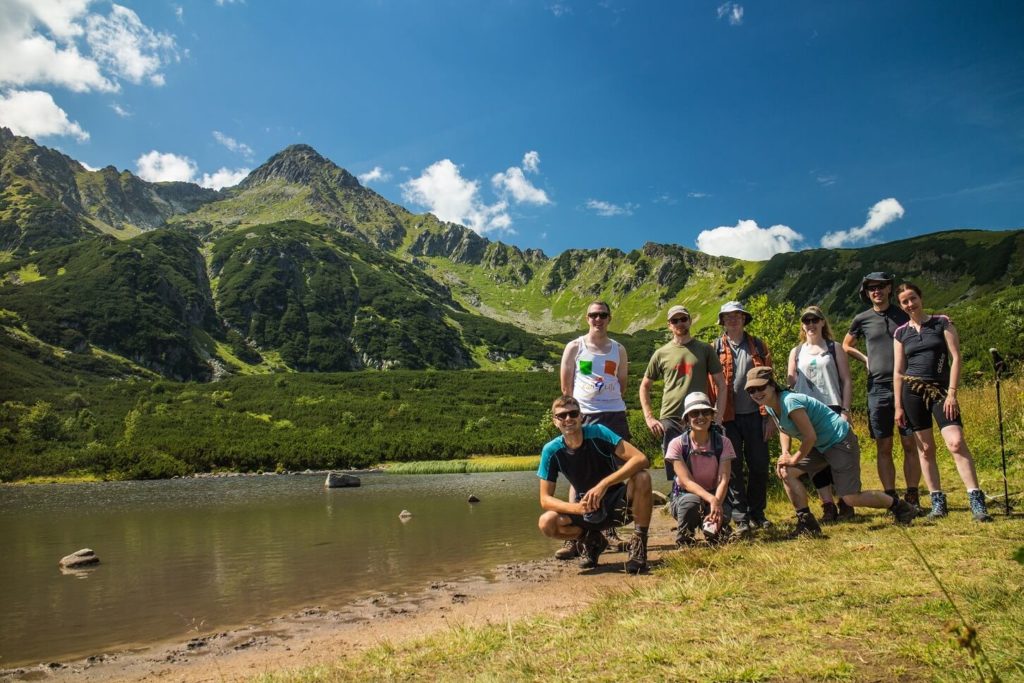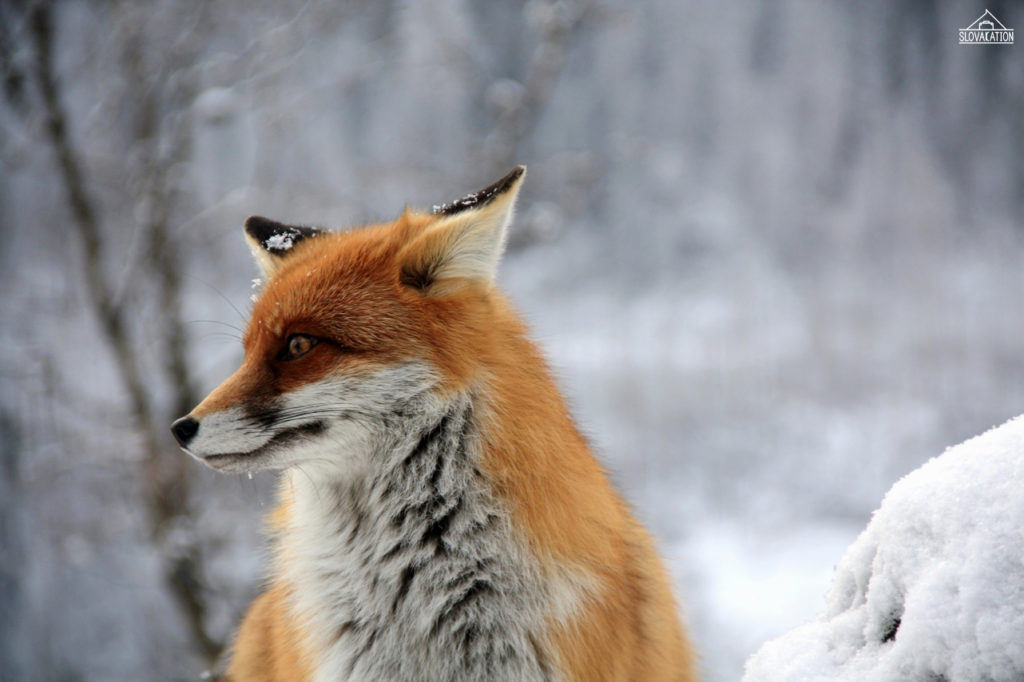

On the last Sunday we have finally visited the largest open air museum in Slovakia. The museum is located right beside the town Martin, what was the centre of political activities (in the middle of 19th century) that led to the Slovak national emancipation. The ethnographic exhibition of the museum presents buildings, houses and the way of life in Slovakia throughout the 18th and 19th century. There are more than 140 wooden buildings, which were transported from four regions of Slovakia – Orava, Kysuce, Liptov and Turiec.


Throughout the year it offers many thematic events based on Slovak history. The last of such events took place on the last Sunday. It has attracted a lot of visitors, just like us. The event was called “Easter in the village”. Its purpose was to present Slovak Easter traditions of our ancestors. Many of them remain preserved to these days, but they are practiced mainly in rural areas. But I remember that about 15 years ago, when I was attending the primary school, I practiced one particular custom with my friends. You could meet bands of young men going from house to house all over my hometown. Now the times have changed and you can barely meet anybody today.


I´m talking about the one custom, the one, which is unique for the countries of the Central Europe and you couldn´t see it nowhere else. I´m talking about watering and whipping. For foreigners is this custom totally incomprehensible and crazy and they think, that there is nothing more terrifying than that. Some people call it even a horror, but I bet, that they have never been a part of watering and whipping. Actually it´s all about having fun and everybody is laughing. I admit that it´s a little bit unfair for women, but it´s good for their health. ☺ After watering and whipping they should stay healthy and beautiful the whole next year.


What´s actually going on?
On Easter Monday women are dragged outside, doused with water and whipped with wicker sticks. I know it sounds strange, but it´s really not that bad. For example, I have never experienced it this way. When I was younger I only used a cup of water or half-liter bottle. In the past the whole act was accompanied with music and the people where dancing and singing. This can be also seen nowadays in rural areas. You can imagine, how does it look like, based on my photos.


In towns, symbolic reference to the customs – spraying scented water from a small flask – is more common than the act described above; and as I said, even in villages and smaller cities, things are not what they used to be.
Besides the watering and whipping, we could also see another tradition, connected with the spring period – Banishing of winter (Burning of Morena) and the welcoming of spring. Morena symbolized the winter and so when people wanted the spring to come, they had to kill her – drown her in a stream or burn her. She was presented as an effigy made of straw clothed in women’s dress. Young girls carried her singing towards a stream. When they arrived at the bank, Morena was undressed, set on fire and thrown into the stream.




We had also the opportunity to see many other Easter customs and traditional handicrafts as decorating of Easter eggs or gingerbreads, production of oil, knitting of wicker sticks or performances of local folk group.


The day in the museum was interesting and I was pleasantly surprised, as I heard a German language. But only for once. The majority of visitors were Slovaks. And I can´t help it, but I had a feeling, that it could have been done more to make the event well promoted and prepared. The huge potential of this event at this unique place was not fully utilized and I hope that it will be only better and better over the following years.
If you had any questions, feel free to contact me at [email protected]
If you would like to see this with your own eyes, you can contact me and I can provide you with more information, or even I can take care of your whole trip to Slovakia.
























Here is the Musuem of the Slovak village:





